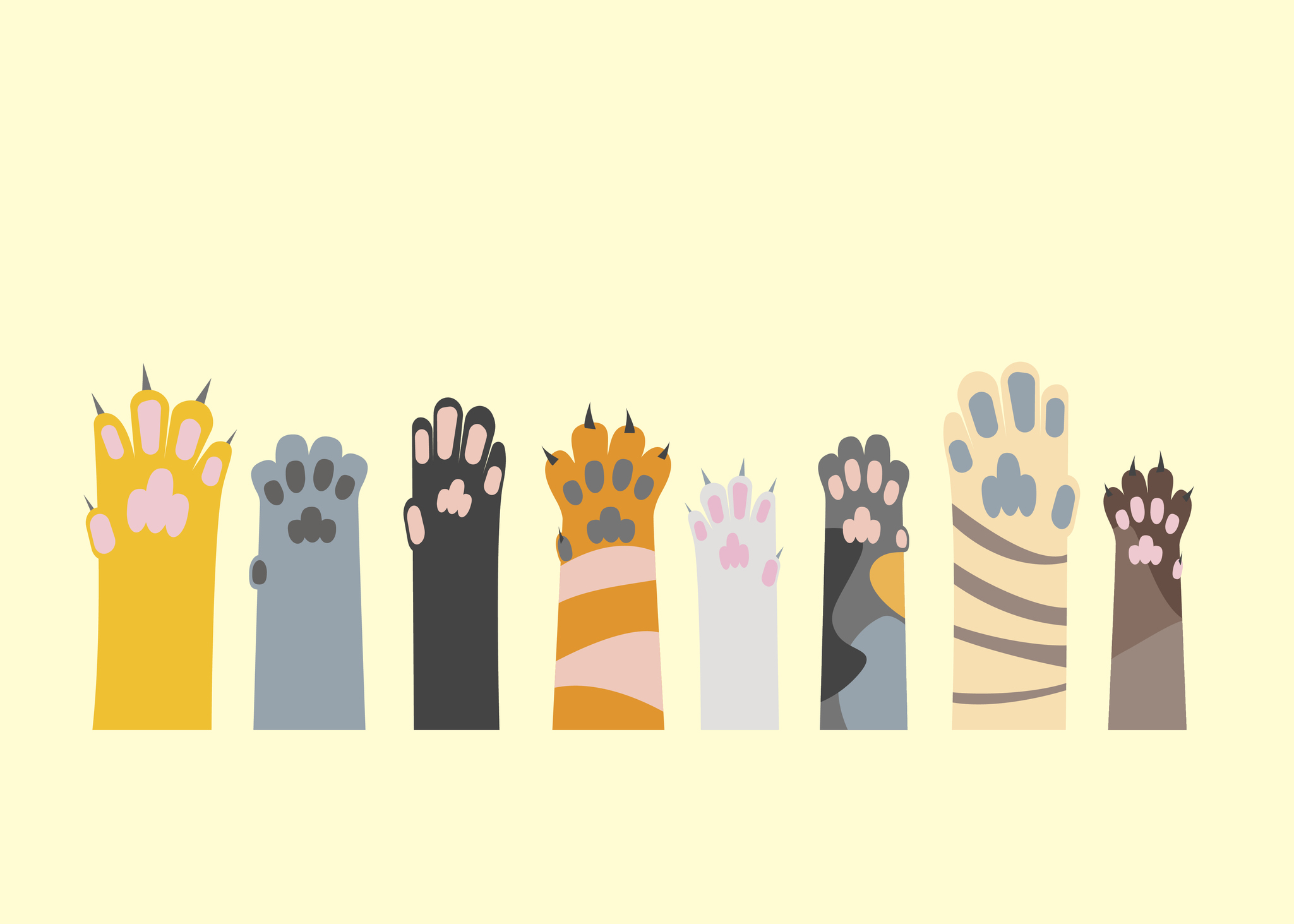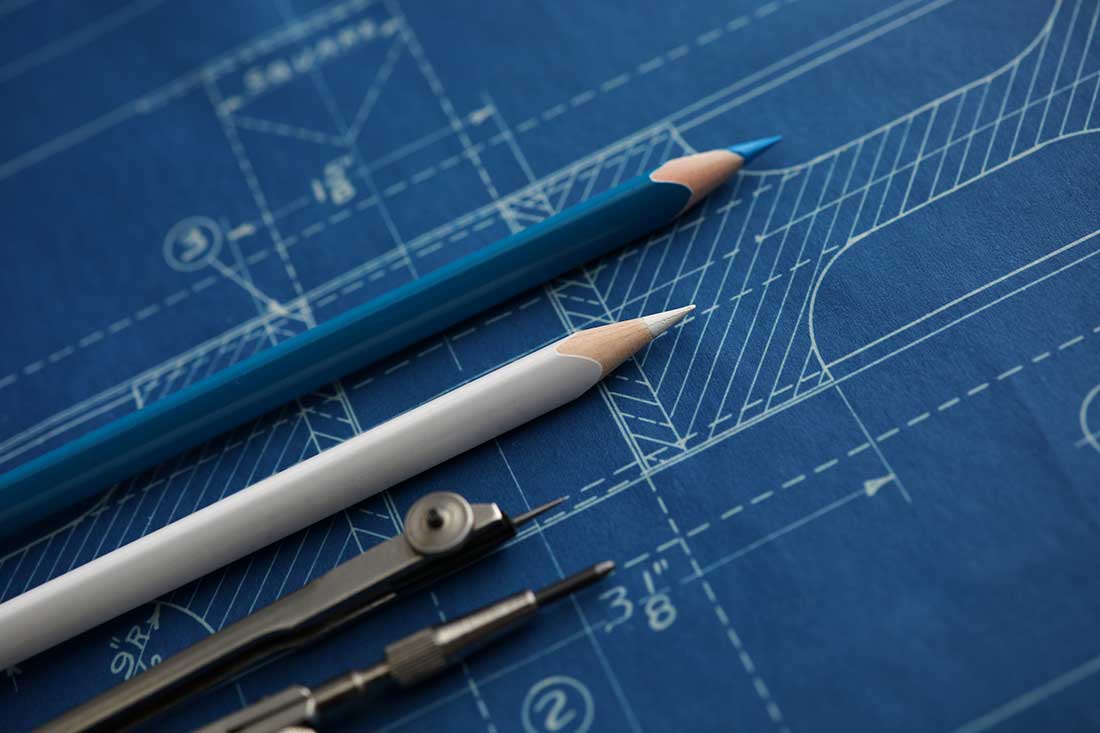Many of our best modern innovations are the result of stakeholder collaboration (for example, ChatGPT and generative AI in general). Ideas tend to generate more ideas, and the theory goes that more minds contributing to solving a specific problem will produce a better solution.
But creative content collaboration can sometimes feel like an exercise in herding cats. Murky or vague guidelines could send a project in divergent directions. Personality conflicts can get in the way. Limited resources may constrain originality.
The creative process is by nature abstract, non-linear, and undefined—yet crucial to maintaining a competitive edge, where companies must constantly present newer, better, and more innovative ideas.
So, how do you fit the sprawling process of creative stakeholder collaboration into your linear, concrete, deadline-oriented business setting? Follow our step-by-step guide on how to strengthen cross-functional partnerships, improving stakeholder collaboration throughout the planning, ideation, and development process.
1. Determine All Key Stakeholders from the Get-Go
Nothing can tank a project like last-minute instructions delivered by a drive-by or late-coming stakeholder. The original vision is bound to change as a project moves through development, and someone who hasn’t been involved in the process won’t know why certain decisions—or compromises—were made.
Involve anyone who will need to sign off on the project from the very beginning. If they can’t be available to provide needed input, assign a stand-in with sign-off authority.
In addition, limit the number of overall stakeholders to only those who are essential. Too many cooks in the kitchen can result in conflict and a bloated, time-consuming process.
2. Drive Stakeholder Collaboration by Establishing Clear Roles
Will your development team be involved in creative brainstorming? Will your primary stakeholders review the bugs list? Ensuring that each team member knows and stays in their lane throughout the process will keep things moving along more smoothly.
3. Identify the Basic Project Elements
Before ideating on solutions, you need to establish a project framework that sets clear boundaries and goals. Take into consideration things like:
- Purpose and objectives. What’s the overall goal for creating this project in the first place?
- Timeline. Deadlines such as interim milestones and a target launch date will greatly affect the creative process. A brilliant idea without adequate time to execute it won’t do you any good. Have a basic timeline in mind before initiating the creative process.
- Resource constraints. Along with timeline, resource limitations will influence what ideas you can work with. Know what your constraints are before you get started.
4. Collaborate on Creative Concept Development
Whether you prefer group brainstorming or simply sharing individual ideas, this is the truly fun part of creative development. Let your imagination run wild—and don’t expect your first set of ideas to work. This is where collaborative iteration comes in. You have to start somewhere, so don’t worry if your initial concepts are rough. Start big and then, as a group, refine your ideas against your project framework to identify an executable concept.
5. Plan and Produce the Content
The content, in whatever format, will serve as the driver behind the project. Run a work session to hammer out the basics, such as audience, topic, form factor, length, and so on. Then identify any content activities that need to take place, such as script writing, character descriptions, and story boards.
Assign content development, kicking it off as soon as possible. Contrary to popular belief, creativity doesn’t happen in one fell swoop, but is often time-consuming and arduous. Make sure you have the mental bandwidth needed to stay sharp throughout. Once your content creators have finished a first pass, invite your collaborators to provide feedback, taking the content through a couple revision rounds until it meets with stakeholder approval.
6. Address and Share the Visual Design
This is the other fun part of the process. But even the visuals need a framework before the fun can begin. Make sure to establish foundational elements such as orientation, dimensions, color palate, and graphic elements. Once you do, you can move on to developing the look and feel of the finished product. Get your stakeholders to weigh in, revising visual design as needed—typically in two or three rounds.
7. Allow Time for Development—and Compromise
The development aspect of your project, particularly if you’re working with interactive or immersive content, always takes longer than expected. But this is where it all comes together. Expect a few iterations to get it right, catch bugs, and fine-tune.
And remember, creative collaboration with your stakeholders takes time. Approval cycles, coordinating schedules, incorporating feedback—all of these are necessary in group projects, and they all take time. Work these activities into your project timeline and add some extra padding to address any hiccups or new information—about the market or your users—that requires you to pivot when creating your final product.
Above all, the key to successful stakeholder collaboration is to always allow for a certain amount of flexibility. And that means being prepared to compromise. Time and resources pose limitations, as may the personal opinions of high-ranking stakeholders. So don’t become overly attached to any single element, because you may need to let something go for the sake of the overall project.
That said, if you follow these steps, the process can prove almost as rewarding as the end result.
Step Up Stakeholder Collaboration and Content Creation with Tendo
Need support organizing and aligning stakeholders and deliverables to hit important deadlines and business goals? Or in need of a creative partner to help develop captivating content—whether written, visual, audio, or interactive? Tendo can drive your content programs forward while creating riveting stories and content experiences that engage and convert. Contact us to learn more.
First published December 13, 2017









